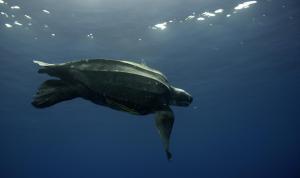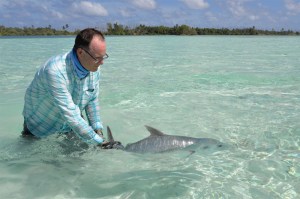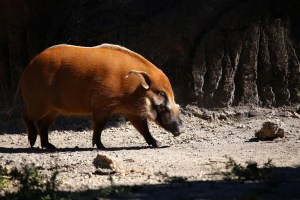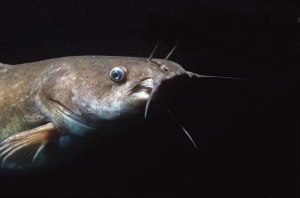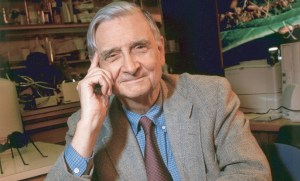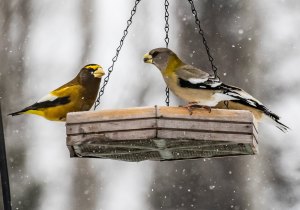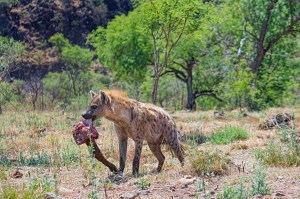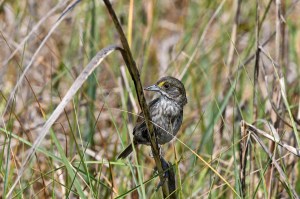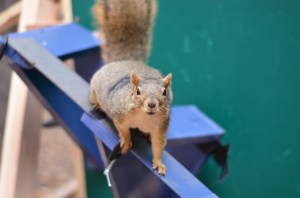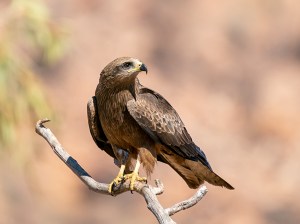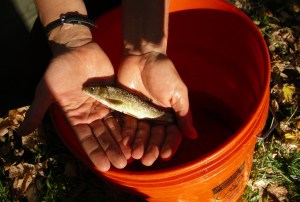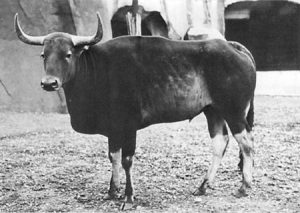Discover stories in Wildlife Science
The Fight to Save Western Pacific Leatherbacks
A new monitoring effort will gather information about the world's most endangered population of leatherback sea turtle.
Fishing for Science on Palmyra Atoll
Tagging trevally on a remote island with rod and reel.
Do You Know the World’s Weirdest Wild Pigs?
Think you know pigs? Check out these wonderful, wild swine.
Big Gulp: Blue Catfish Eats Wood Duck
Blue catfish will eat just about anything. Including a duck.
Edward O. Wilson, Science Communicator
Remembering Edward O. Wilson, one of our best science communicators.
See Something Weird at the Bird Feeder? It’s Not Just You
Did you just see a weird bird at the feeder? You’re not alone.
How Hyenas Sanitize The City
In an Ethiopian city, spotted hyenas provide the garbage disposal.
How Sea-level Rise Impacts Marsh Sparrows
Scientists are studying the effects of sea-level rise on salt marshes, and two imperiled sparrow species.
Squirrel Parkour? The Science Behind Squirrel Acrobatics
Your bird feeder doesn’t stand a chance. New research shows squirrels combine incredible physical abilities with split-second decision making.
Meet the Raptors That Eat Avocados (and Other Fruit)
We think of raptors as exclusive carnivores, but at least 29 species also consume fruit. Including avocados.
A Survey for the Chihuahua Chub
On New Mexico’s Mimbres River, a survey for an endangered fish species.
Kouprey: The Ultimate Mystery Mammal
Do you know the kouprey? Meet the forest ox shrouded in mystery and rumor.
